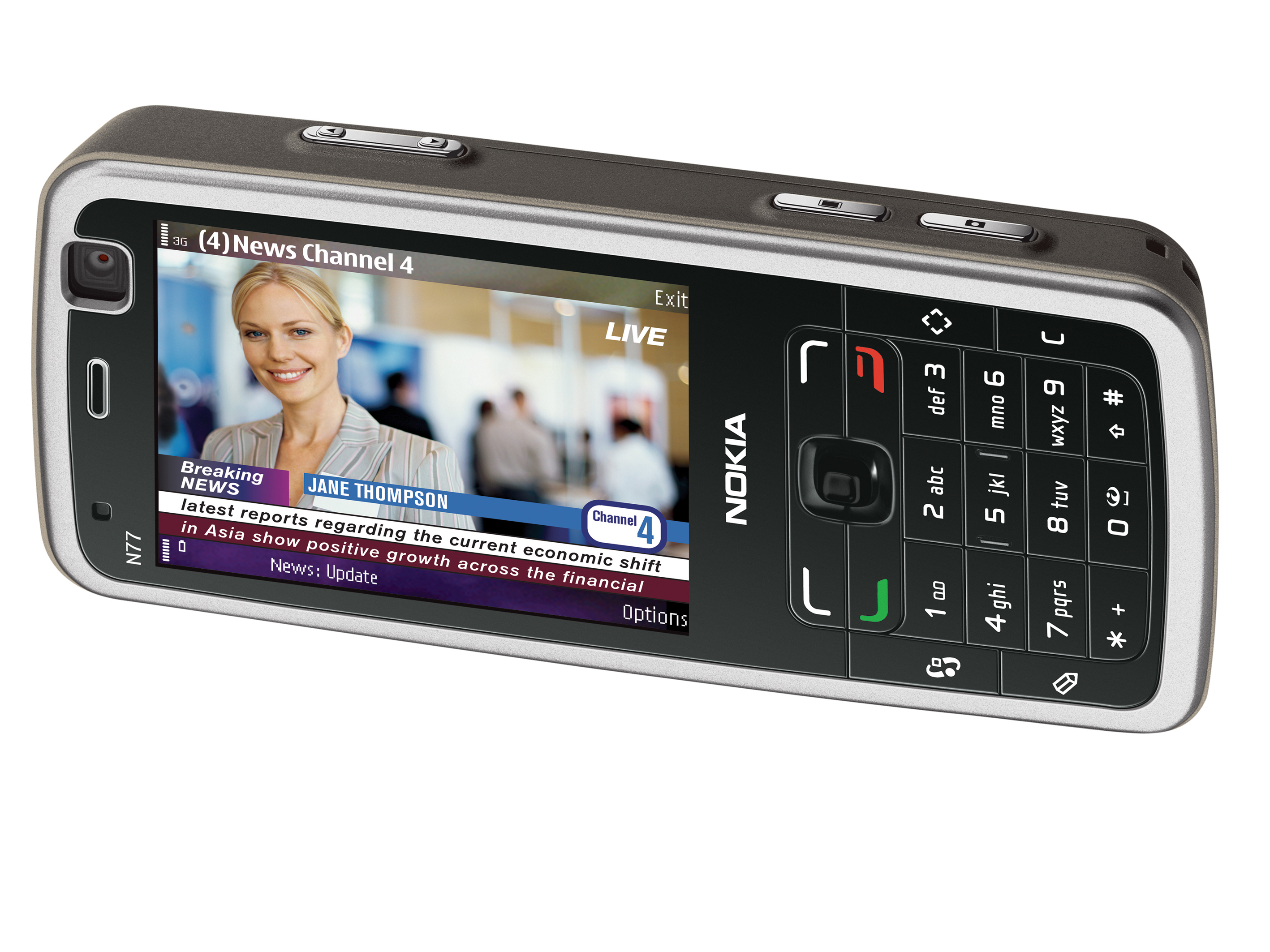Mobile TV: one standard to rule them all?
Fancy seeing TV on your mobile? Here's what you need to know

The European Commission (EC) has plans to encourage the take-up of mobile TV across the continent by backing a single technological standard for transmissions.
What does that mean?
It means that mobile TV networks will be obliged to use a single technical standard, DVB-H, to transmit live TV to mobile phones. At the moment there are several potential systems at varying levels of development and acceptance, but DVB-H is seen by the EC's information society and media commissioner Viviane Reding as "the strongest contender for future mobile TV."
The announcement is partly a response to the mobile industry's failure to unite behind a single standard under its own steam via industry advisory body the European Mobile Broadcasting Council (EMBC). While the EC is currently only recommending the adoption of DVB-H, the implication is that it has the option to make it mandatory at a later date.
Why would a single standard be good?
In the short term, it means that manufacturers and networks don't need to spend time and resources developing their own pet technologies which by definition can't be used with their rivals. If there's only one standard for mobile TV, you wouldn't have to change handsets when you move from one territory to another (or have a handset that can handle all the different standards, which would drive up costs and complexity).
Just as Sony all but abandoned its ATRAC software in the face of the unrelentingly popular onslaught of Apple iTunes -backed AAC , it makes sense for everyone to adapt their offering to a single platform. The difference is that the chosen platform has been imposed, rather than allowed to become a winner through its own merits.
But it's not as though it hasn't happened before - way back in the late Eighties the EU set the GSM standard for mobile phones in Europe - which is why they're different from those in the US and Japan) - and by common consent helped promote the European mobile phone market to the lofty heights it has reached today.
Are there any disadvantages?
Not necessarily for the consumer, since the capabilities of the various standards are broadly similar, though the companies that have already invested millions in alternative technologies won't be too happy about it.
Get daily insight, inspiration and deals in your inbox
Sign up for breaking news, reviews, opinion, top tech deals, and more.
Most of the UK networks and several manufacturers already support DVB-H ( Vodafone , T-Mobile , O2 and Nokia , Sony Ericsson , Philips and Motorola ) and some existing mobile TV services such as BT Movio can be adapted to incorporate it.
As with any closed market however, there is the fear, especially within the industry, that having a single standard will stifle competition and discourage investment. Nobody likes a format war, but it does tend to drive innovation and development.
One potential issue, at least in the short term, is that DVB-H uses UHF radio frequencies, and there simply isn't enough UHF spectrum available in the UK at the moment and won't be until after the completion of digital switchover , which is happening now, but won't be finished until London makes the switch in 2012.
What are the alternatives?
DVB-H (Digital Video Broadcasting-Handheld) - currently available in Europe, US, South Africa and Asia. It was developed with £27m of EC research cash and has already been trialled in eighteen European member states.
S-DMB (Satellite Digital Multimedia Broadcast) - South Korea, Japan. Developed in South Korea, the world's most developed market for mobile TV, this standard is already backed by Samsung , Panasonic and LG and is seen as the biggest rival to DVB-H.
STIMI (Satellite Terrestial Interactive Multiservice Infrastructure) - China
MediaFLO- US, trialled in UK and Germany. Qualcomm developed and launched this standard in the US. It has since been trialled in the UK and Germany.
ISDB-T (Integrated Service Digital Broadcasting) - Japan
T-DMB (Terrestial Digital Mulitmedia Broadcast) - South Korea, Germany
DAB-IP (Digital Audio Broadcast - Internet Protocol) - UK. A DAB radio-based service already carried by Virgin Mobile and currently used by BT Movio in the UK.
So will we all be getting our normal TV on our phones?
Of course we will - eventually. The European Commission estimates a potential market of 20 billion Euros by 2011, with an audience of 500 million customers worldwide. With figures like that you can bet there'll be a lot of effort made to persuade us that the small screen is beautiful. The EC is keen to build up the market for mobile TV in time for next year's big sports events like Euro 2008 and the Beijing Olympics , both of which are seen as being major drivers for the technology.
We're still a long way behind world mobile TV leaders however - in South Korea, ten percent of people use mobile TV. in Italy - Europe's most developed mobile TV nation - it's just one per cent. Dave Oliver
Tech.co.uk was the former name of TechRadar.com. Its staff were at the forefront of the digital publishing revolution, and spearheaded the move to bring consumer technology journalism to its natural home – online. Many of the current TechRadar staff started life a Tech.co.uk staff writer, covering everything from the emerging smartphone market to the evolving market of personal computers. Think of it as the building blocks of the TechRadar you love today.